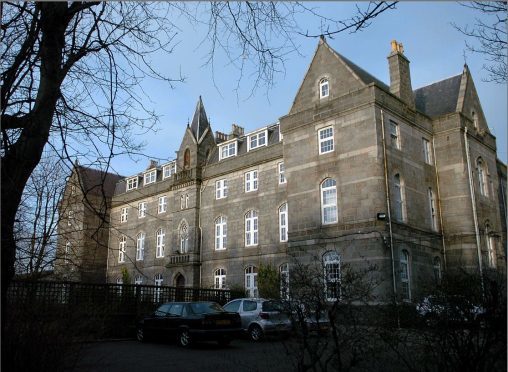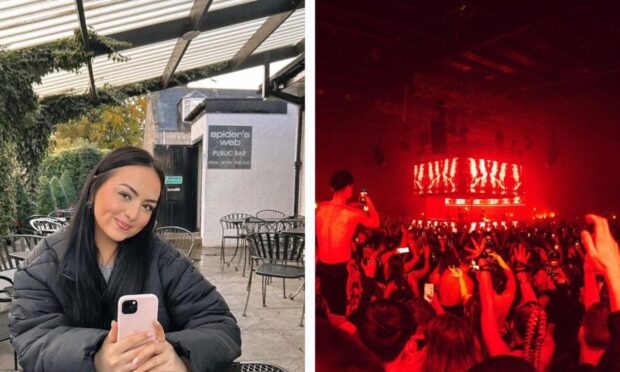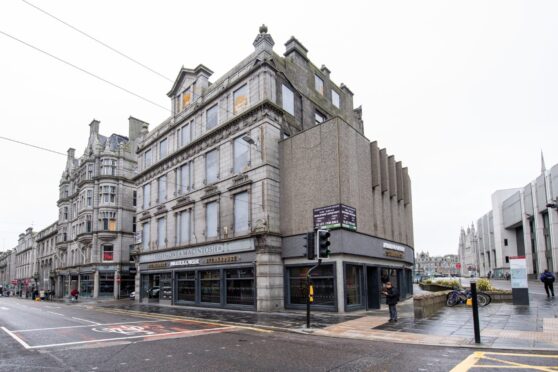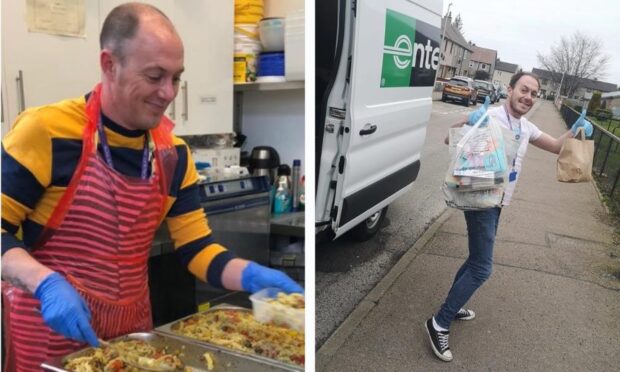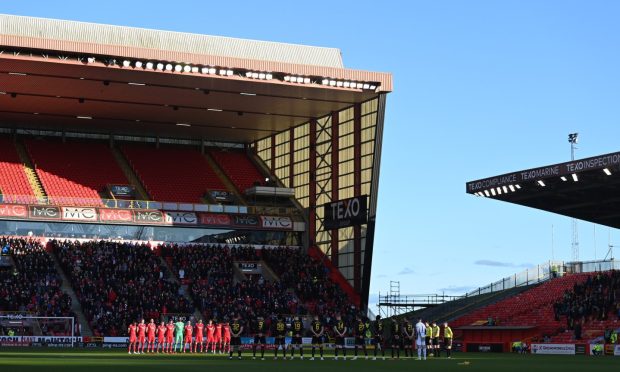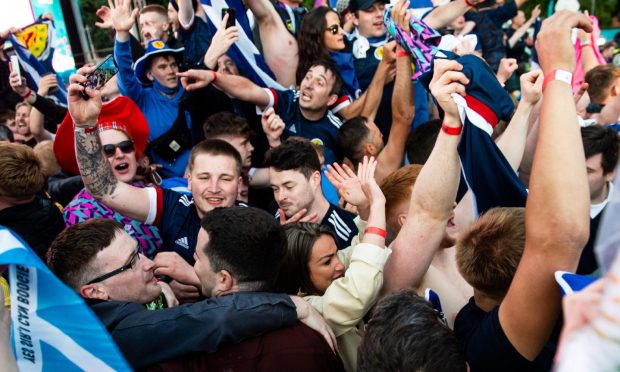Nuns have been accused of meting out severe punishment beatings, electric shocks, force-feeding and racist abuse at an Aberdeen children’s home.
Former residents of the city’s Nazareth House yesterday alleged that they had their heads pushed into walls, were given electric shocks if they wet the bed, and that one incident led to a child losing a finger.
The evidence was outlined by three witnesses who attended the former Claremont Street home as the latest phase of the Scottish Child Abuse Inquiry got under way in Edinburgh, under chairwoman Lady Smith.
Police representatives revealed at the start of the proceedings that officers had received 308 complaints about 194 people associated with institutions run by the Sisters of Nazareth order of the Catholic Church between 1934 and 1984.
One woman, now in her 70s, told the inquiry that she was sent the Nazareth House following the death of her mother when she was three-years-old – and did not once leave the grounds of the institution until she attended secondary school.
She claimed she was not allowed any contact with her siblings, who were also in the home during the 1940s and 1950s, that she was put to work in the laundry when she was 10, and did not know her own surname until she was 12.
The witness said the nuns would regularly nip her skin and beat her knuckles with the back of a wooden brush, and said the children were trained to copy the behaviour.
“When I became 11 or 12-years-old I was old enough to be in charge of maybe four or five girls from seven to nine-years-old,” the woman said.
“If they were seen with a nit or a louse I would get the brush or beatings. So naturally I would get the girl and give her a bash. It happened all the way down the way.”
Punishments varied, she said, explaining how one nun “used to get us down on our knees and she would get behind us and then she would bang our heads together”.
She added: “If you were the only one then you would kneel down next to the wall and she would push you into the wall.”
And if a you were found to have wet the bed, she told the hearing: “They would pull you out by your hair. You would get the sheet all rubbed in your face and sent out in disgrace.”
The woman ran away from the home aged 15.
Another witness recalled being locked in a cupboard “all day” at the home.
“I still have lumps on my head from being hit,” she added in written evidence, while also claiming that one child lost a finger when a door was slammed on her hand as she attempted to escape a beating.
The third witness to give evidence was 72-year-old Jim Buckley, who campaigned for a public inquiry.
He was sent to the Aberdeen home after witnessing his mother die in childbirth when he was eight in Glasgow.
Mr Buckley claimed the nuns would “always walk about with a weapon up their sleeve”, and that the worst abuse was handed out to an ethnic minority family at the home.
“The way they were treated was just unbelievable,” said Mr Buckley, who also claimed he was force-fed until he was sick, and that crocodile clips were attached to rubber bed-sheets so youngsters would receive an electric shock if they wet the bed.
The hearing continues today.
